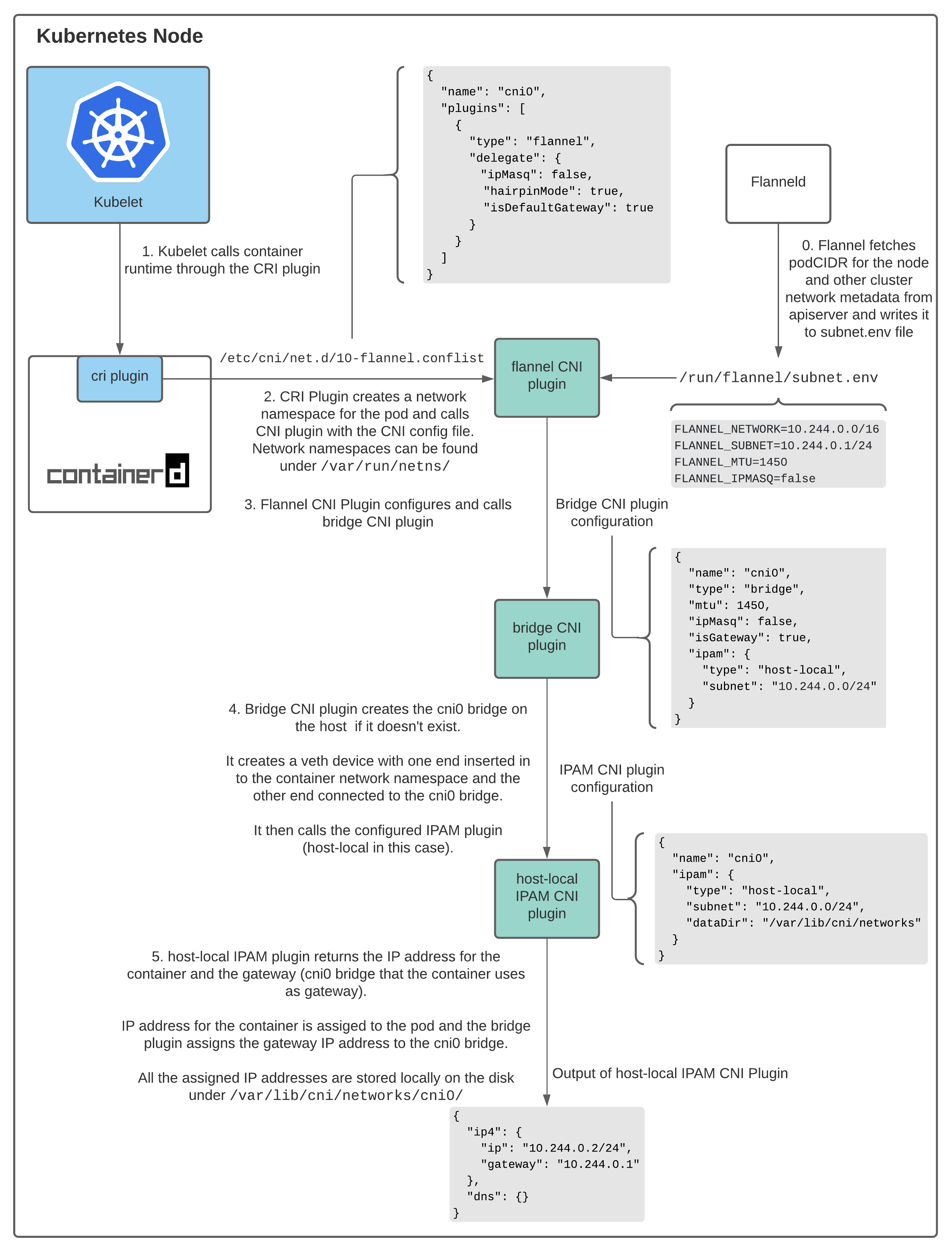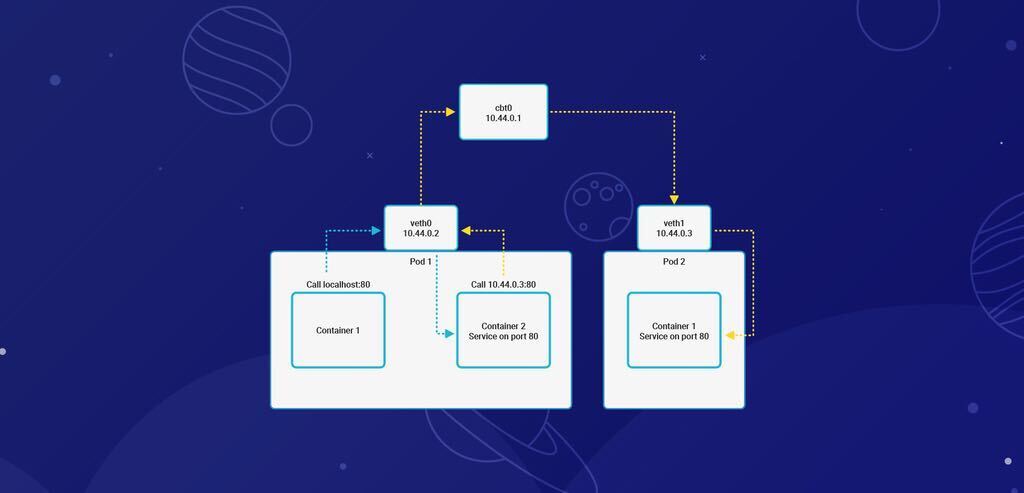

In Kubernetes, networks serve two main purposes: This is a broad and complex topic, but here are the core Kubernetes networking fundamentals that you need to know. The first step in securing Kubernetes at the networking level is understanding how Kubernetes handles networking. You’ll learn how Kubernetes networks work, which security risks may impact network resources, and which best practices to follow to keep networks in Kubernetes secure. This article walks through the fundamentals of Kubernetes network security. It requires a deep understanding of Kubernetes’ networking architecture as well as familiarity with the tools that Kubernetes offers natively to help secure networks, such as network policies and third-party tools that can further harden networks. Ports, IP addresses, and other network attributes are usually configured dynamically, which can make it difficult to keep track of what is happening at the network level.īecause of these and other complexities, Kubernetes network security can be especially challenging.

Some resources in your cluster may interface only with internal networks, while others require direct access to the Internet. You might use a service mesh, but you might not.

Networks can be configured in a variety of ways. Networking is a particularly complex part of Kubernetes. Understanding Kubernetes Network Security M. Hausenblas, Container Networking from Docker to KubernetesĬontainer Networking Interface. Official Kubernetes Documentation Available at. Downloaded in Aug 2019Ī. Kanso, H. Huang, A. Gherbi, Can linux containers clustering solutions offer high availability. Published in Proceedings of netdev 0.1 (Ottawa, Canada, 2015). Victor Marmol, T. Hockin, Networking in containers and container clusters. K. McGuire, The Truth about Docker Container Lifecycles. Approved by SNIA Tutorial Storage Networking Industry Association (2015).

Cong Xu, K. Rajamani, NBWGuard: realizing network QoS for Kubernetes, in Published in proceeding Middleware ’18 Proceedings of the 19th International Middleware Conference IndustryĪ. Vasudeva, Containers: the future of virtualization & SDDC. 171–172Ī.R.R.R. Dua, D. Kakadia, Virtualization vs containerization to support paas, in Published in the proceedings of IEEE IC2E (2014)
#WHAT IS KUBERNETES CNI SOFTWARE#
R.R.W. Felter, A. Ferreira, J. Rubio, An updated performance comparison of virtual machines and linux containers, in Published at the International Symposium on Performance Analysis of Systems and Software (ISPASS) (IEEE, Philadelphia, PA, 2015), pp. Ivan Melia, Linux containers: why they’re in your future and what has to happen first, White paper. We have also compared the results of benchmark tests conducted on various network plugins keeping performance under consideration (Ducastel, Benchmark results of Kubernetes network plugins (CNI) over 10 Gbit/s networkĪ. Ducastel, Benchmark results of Kubernetes network plugins (CNI) over 10 Gbit/s network. We have also tried to provide in detail comparison of various container network interface(CNI) plugins. We have tried to provide a detailed analysis of all the aspects of Kubernetes networking including pods, deployment, services, ingress, network plugins and multi-host communication. In this paper, we have discussed the Kubernetes networking in detail and have tried to give a in-depth view of the communication that takes place internally. Kubernetes networking enable container-based virtualisation. Kubernetes play a vital role in container orchestration, deployment, configuration, scalability and load balancing. It has also come to acknowledgement that application deployment on a multi-node cluster has proved to be more efficient in terms of cost, maintenance and fault tolerance in comparison with single-server application deployment. Containers provide a small and compact environment, containing all libraries and dependencies, to run an application. Containerisation, in recent world, has proved to be a better aspect to deploy large-scale applications in comparison with virtualisation.


 0 kommentar(er)
0 kommentar(er)
